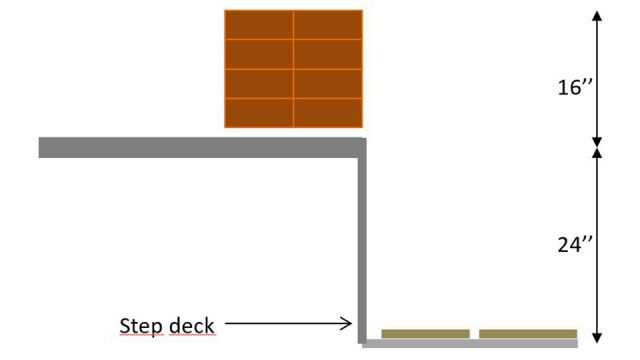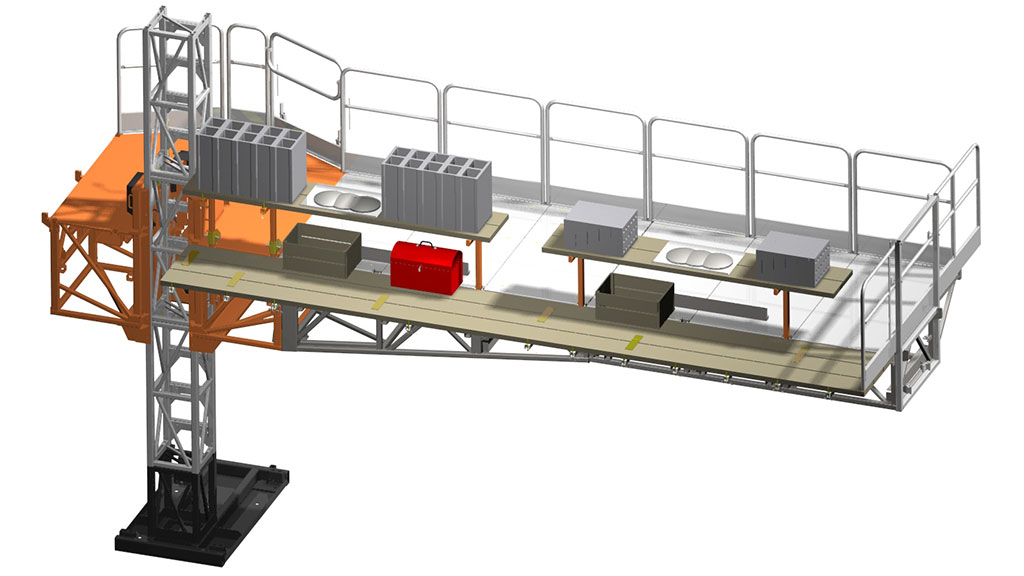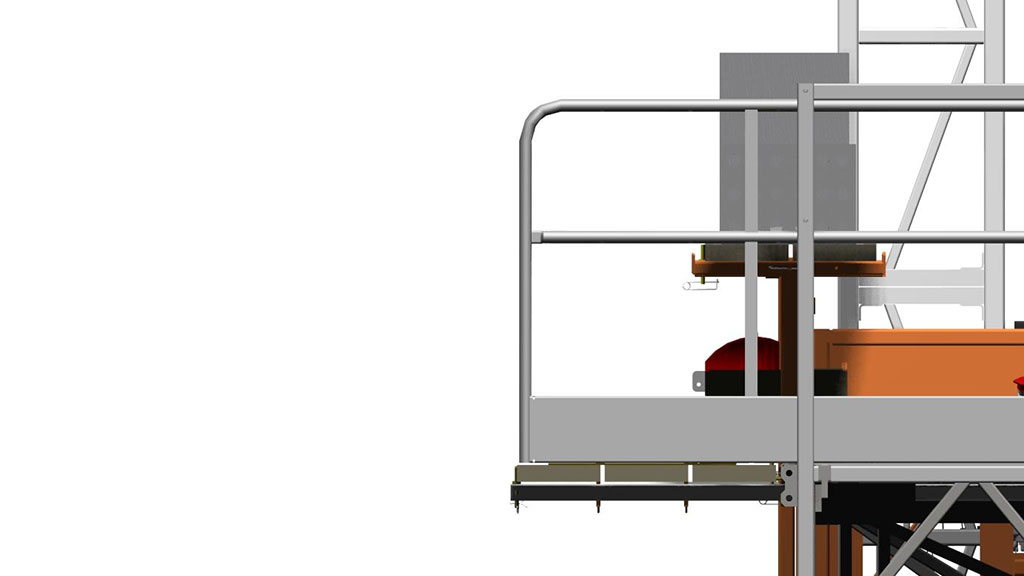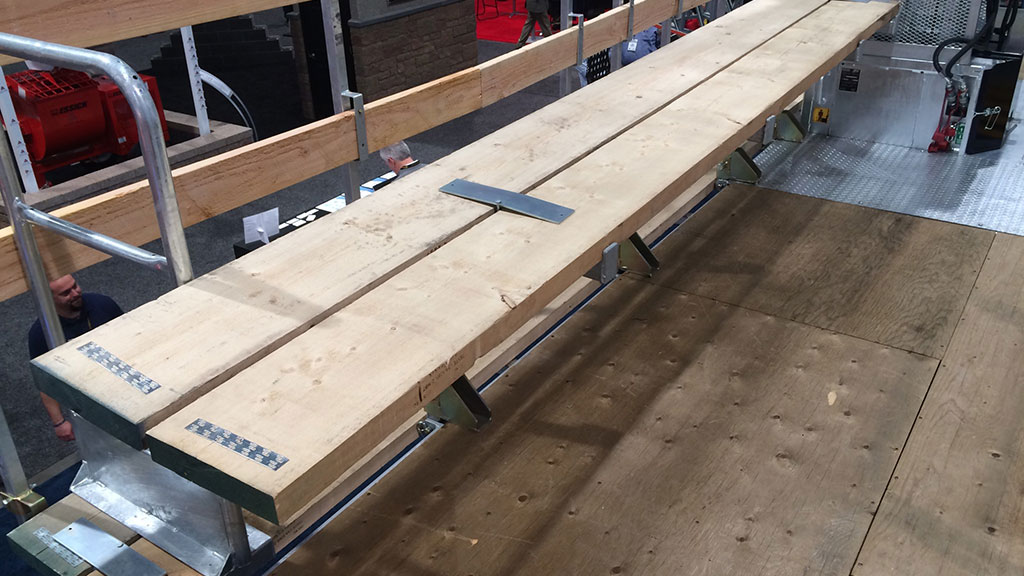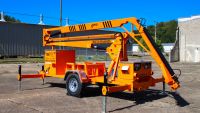The Fraco Model
A New Working Environment for the Bricklayer
The advent of the mast climbing work platform has brought about a reduction of the laborer-to-bricklayer ratio in the masonry industry. This has forced the identification of new ways to work with masonry equipment. The concept of division of labor may represent a solution.
Over the years, the lowering by 2 feet of the working deck has forced the bricklayer to adopt an ergonomic position to perform his tasks. Today, almost all masonry work platforms are delivered with step decks. At the same time, a higher level of competition in the industry has forced masonry contractors to reevaluate the ways in which they work. No aspect of their work is left out of the investigation.
In that light, Fraco — which has extensive experience in studying time and movement in the series production environment — has conducted several analyses with masonry contractors to fully understand the sources of productivity for these businesses. The result of these studies gave birth to the Fraco model, which promotes a new working environment for the bricklayer.
Observations
The above-mentioned studies have highlighted a few observations:- Masons perform many tasks that are not bricklaying, e.g., waiting for flashing, angle irons, sills and other materials; mixing concrete; asking laborers to get tools, etc.
- Too many materials (brick, block, etc.) are loaded by the laborers in front of masons and bricklayers.
- The combination of the step deck and material creates a wall in front of the bricklayer which prevents movement and also prevents people coming in to help him (Fig. 1).
The consequences of these observations are as follows:
- There is a direct decrease of productivity because too much time is spent by bricklayers in waiting.
- The bricklayer’s position is not efficient, and therefore the benefits resulting from the ergonomic design of the platform are lost. It is important that the position of the work environment is set in an ideal manner.
- Bricklayers are expecting masonry materials (e.g., flashing, angle irons, sills and others) to come to them.
The Fraco Model
With the Fraco model, the bricklayer is able to spend more time on his areas of competence and specialization, i.e., laying brick, block and stone and other masonry tasks. The model involves a new definition of the relation between bricklayers and laborers. Laborers are no longer considered as providers of material; they are now members of a supply chain, and they participate in the overall performance of a team. This model also consists of a new definition of the workspace offered by a mast climbing work platform. The bricklayer can now benefit from increased room and better utilization of resources.In order to translate the Fraco model into an operational reality, Fraco has developed a production table (Figs. 2 and 3), which increases the room on the platform and allows for storage of all the components other than bricks and mortar. Tools and materials like flashing, wall ties, etc., can now be stored underneath that production table, thus creating a new workspace. This allows the mason to perform bricklaying without having to ask the laborer to bring one thing or another. The production table is interrupted by a 1-foot opening to give access to the laborer. That way, he can easily access the bricklayer’s zone to assist in the application of wall ties, seals, window protections and other material. In fact, the aim of the Fraco model is not to increase the mason’s rhythm, but to allow him to concentrate on bricklaying alone, or as much as possible.
The model requires good planning from the foreman. Thus, at the end of the day, he prepares a worksheet (i.e., the Fraco Planning Form) for the next day of work. He fills in that form by indicating the list of materials that will be needed to serve bricklayers the next day, and he provides that list to concerned people (laborers, forklift operators, etc.).
The next morning, when the laborer shows up to the jobsite, he does not need to go up to organize the workspace on the platform. He takes the time to prepare his pallet with all accessories and tools other than the mortar and brick necessary for his day of work. Once he is ready, he gets on his platform and the forklift operator brings him his pallet. In the Fraco model, a copy of the foreman's worksheet is also provided to the forklift driver, so that he knows the number of brick, block and mortar pans that will be required for the day.
With the Fraco model, the initial objectives are achieved, and a real teamwork culture is applied on the jobsite. The model also creates better planning, improved communication and a greater commitment from everyone involved.
About the Author











